Daisy, daisy – growing colourful WA flowers – – Story #1

Daisies provide a delicate, multi-coloured and spectacular impression on the seemingly harsh and dry looking bush areas of Western Australia (WA). Growing everlastings and other colourful daisies for your own spring show is guaranteed to bring great pleasure and satisfaction.
YouTube – Plant table, Sutherland July and August 2020
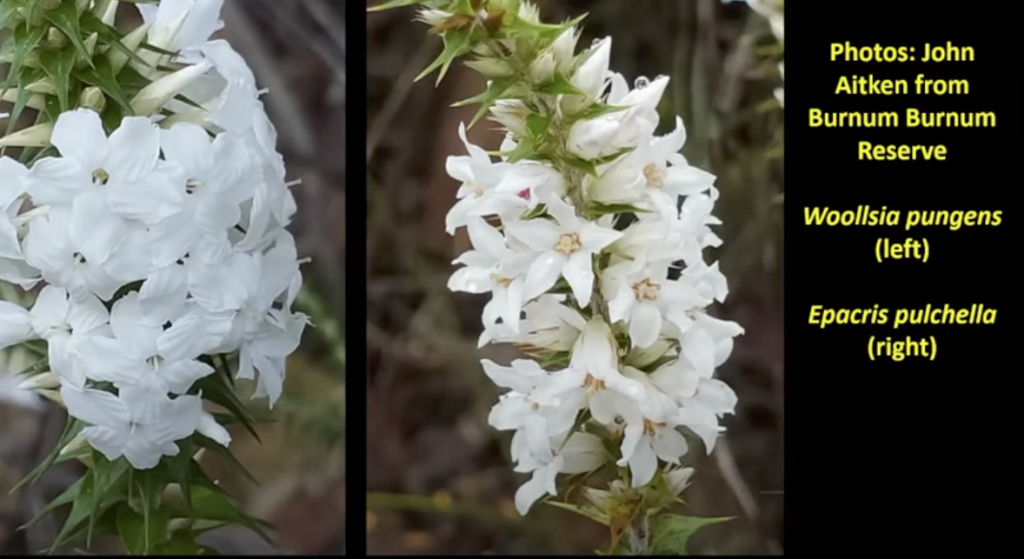
A great way to learn about plants in the garden
YouTube – Brian Roach ‘Pick of the crop’
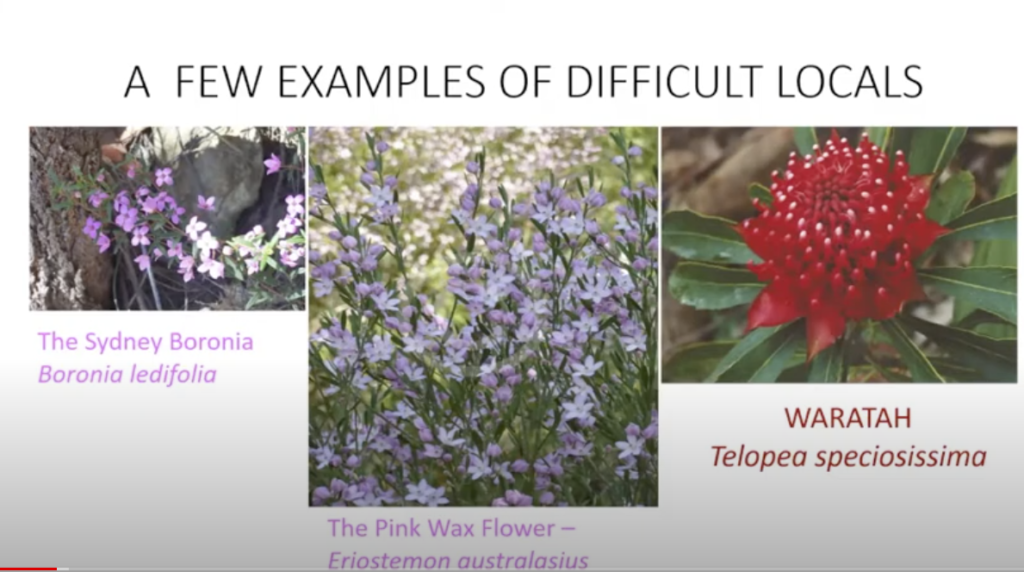
Brian shares the best plants to grow in your garden.
Sutherland APS Meeting Plant Table June 2020
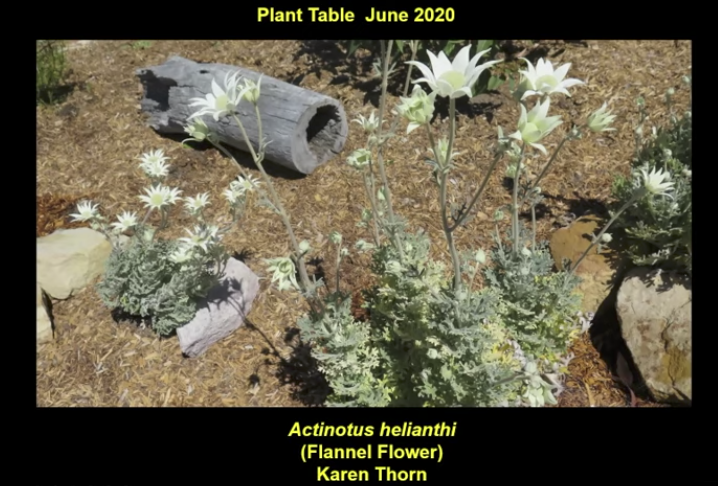
Plant discussions by Zoom at Sutherland meeting, June 2020
Taking a chance of Eremophilas
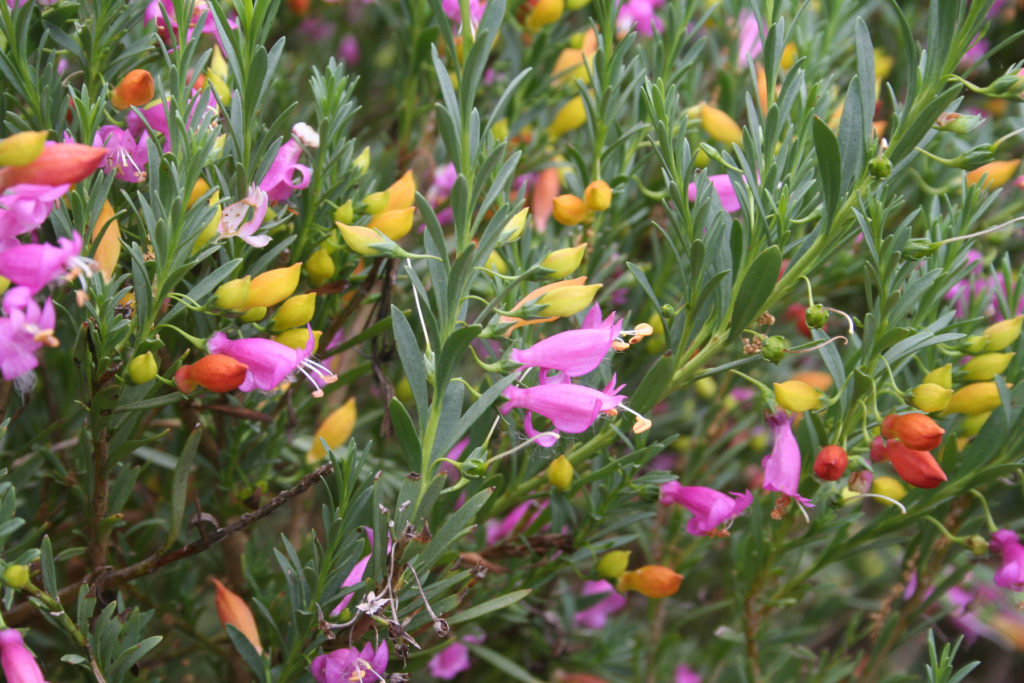
Eremophilas can be marvellous plants in the garden, but their reliability in a variety of soils and climates is still being established by their many devoted growers.
APS VIC Seedbank available to NSW members
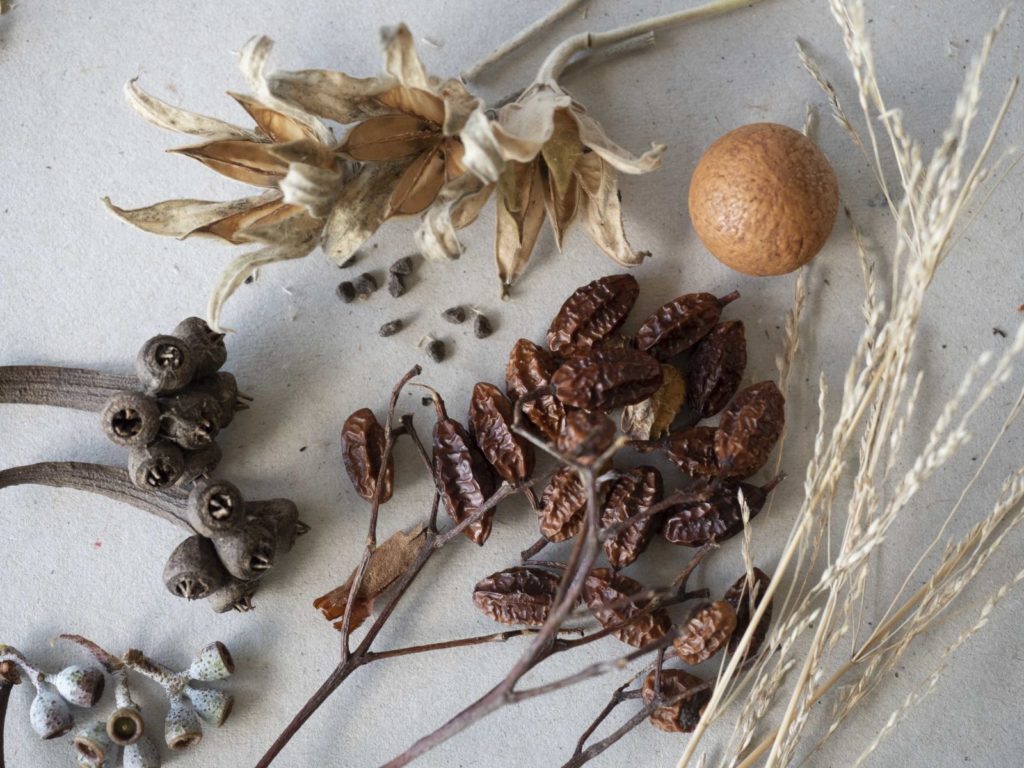
Updated seed list now available. The enterprising David Drage of Northern Beaches recently wrote to APS VIC to see if NSW members could purchase seed from them. Chris Long, the APS Vic President has let us know that they are happy to provide to APS NSW members on the same conditions as apply to APS VIC members.
A high country native garden at Cloudy Hill
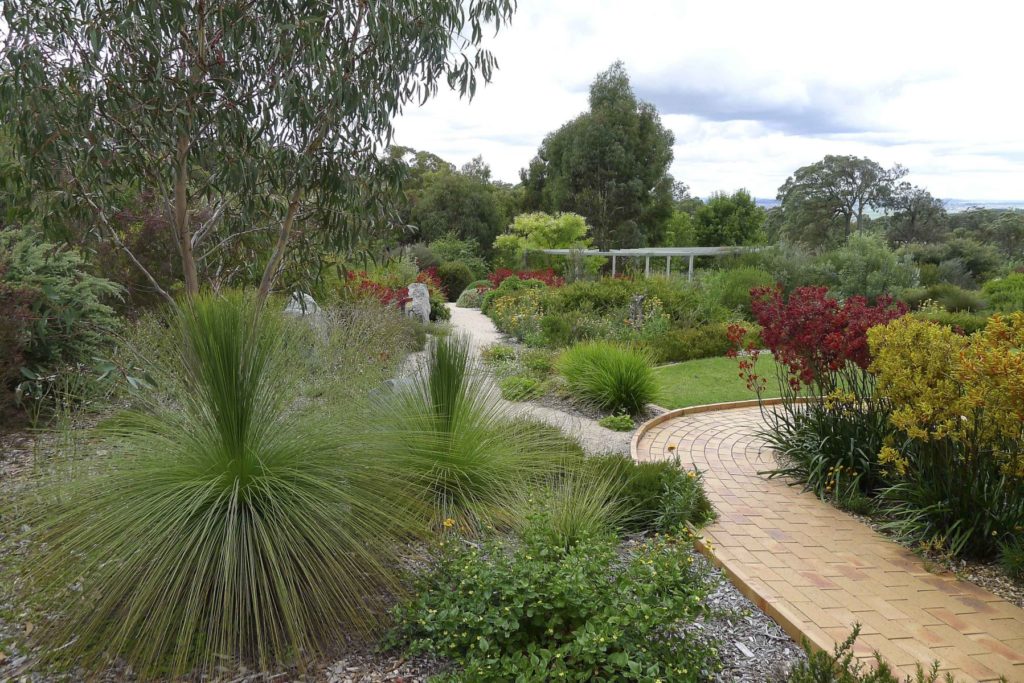
Swapping jobs in the nation’s capital for a tree change to the high country and a shed with a view on a rural property, Fiona and Alex moved to Fitzgerald’s Mount near Bathurst in 2008. There they built a house and created a garden that flourishes despite the harsh conditions of the high country of the central tablelands of NSW.
Stunning macro shots by Kevin Stokes
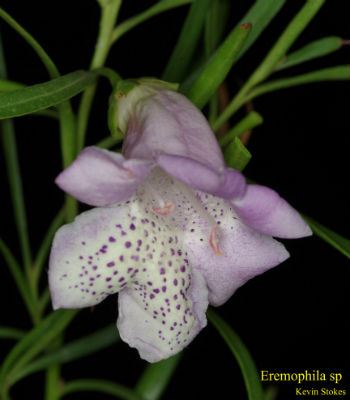
One of our Newcastle members, Kevin Stokes, is a stunning macro photographer. Check out these beauties!
My favourite Australian native plants
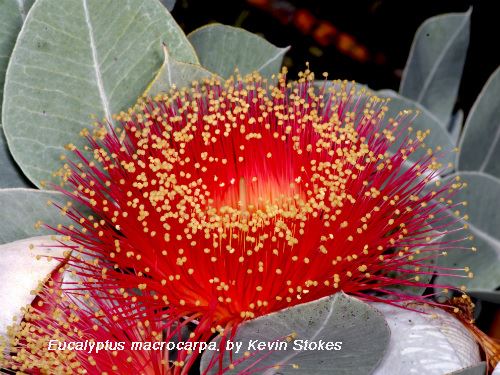
When it comes to thinking about a favourite plant, I think those interested in Australian plants are very spoiled for choice. Have you ever thought about a favourite? Where would you start?
Prickly natives for barrier hedges
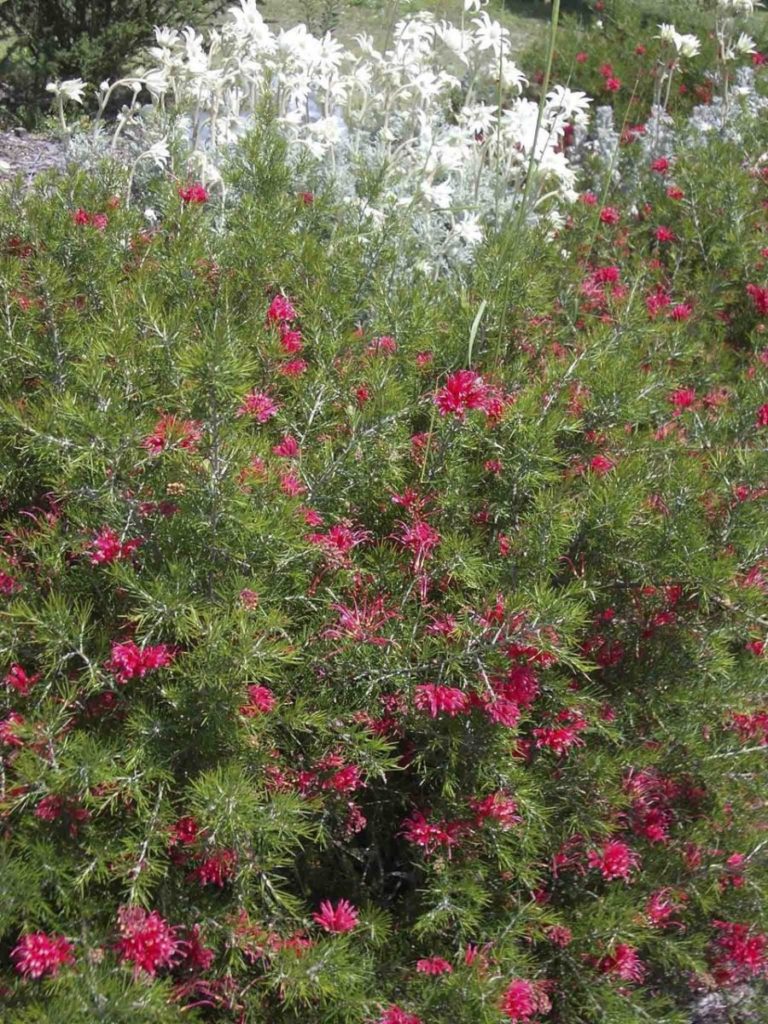
Here are the suggestions for prickly shrubs and hedging plants from our panel of experts: Grevillea rosmarinifolia cultivars such as’Scarlet Sprite’…
Native plants to keep cats out
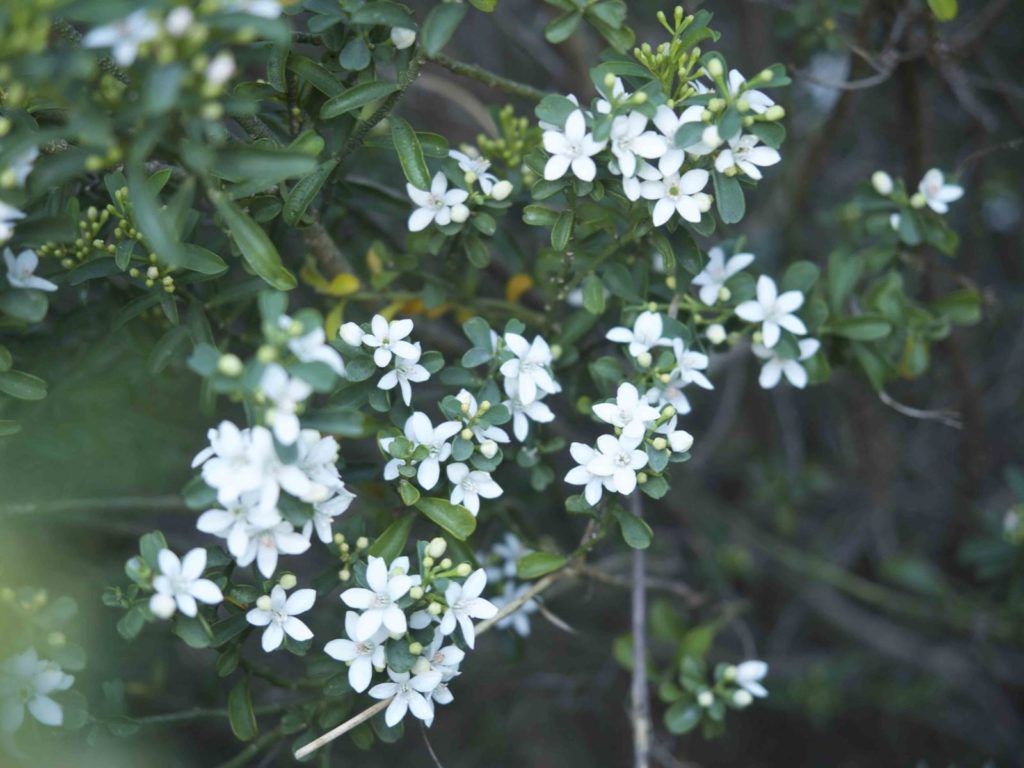
reader recently asked for plants to discourage cats from entering the garden. The reader’s plants needed to thrive in tough conditions being southerly facing and sandy soil. Here are the plants suggested
Jeff Tips – What I learnt trying to grow our native plants
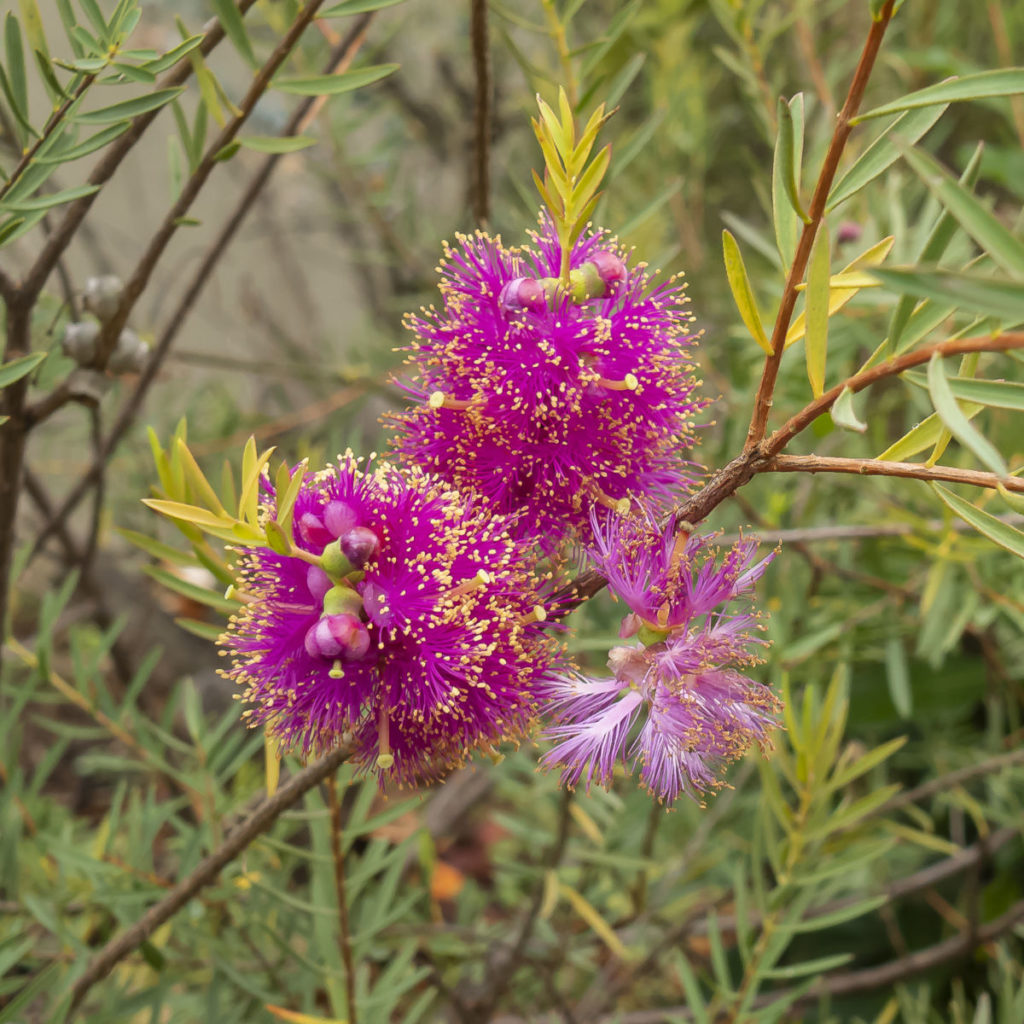
For many years, I have been growing native plants and have picked up tips and tricks along the way. Here is a summary of some of my learning.
1. Planting under gum trees
To maximise your success in getting your plants to grow, plant them as close to the trunk as possible. The reasons you do this are:
All about mulch
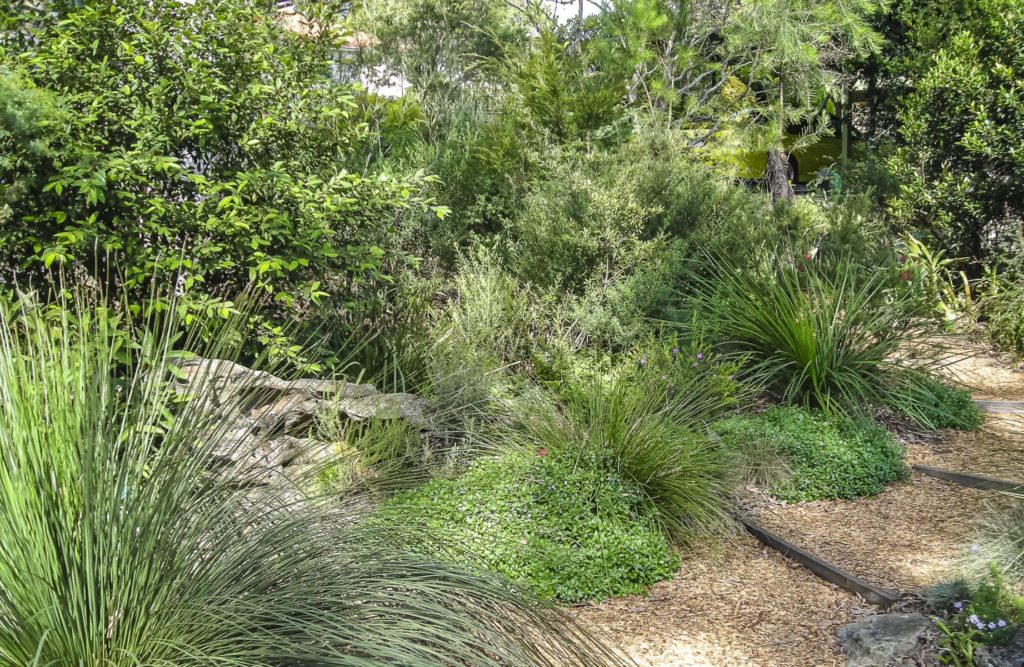
What is a mulch? A mulch is any covering put over the top of the soil, such as bark, woodchips, leaves, gravel and groundcovers – even a layer of leaf litter counts as a mulch.
There are a number of different types of materials that are widely used as mulches.
Amazing Greys
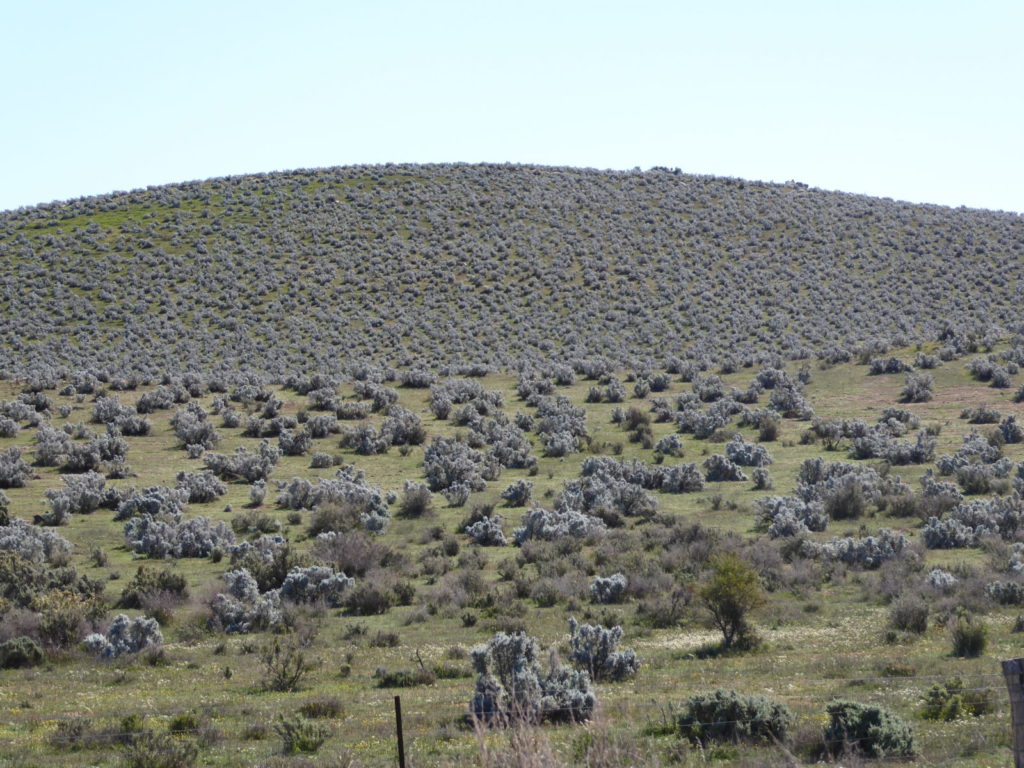
I feel confident anyone reading this would agree that gardeners have a better insight than most into changing weather patterns. Whatever the reason, the hot days seem to be getting hotter and the cold days colder but it’s usually the former that presents the greater challenges in selecting the right plant for the hot spot. Enter stage right our wonderful grey-foliaged native plants.
Growing Illawarra Natives website
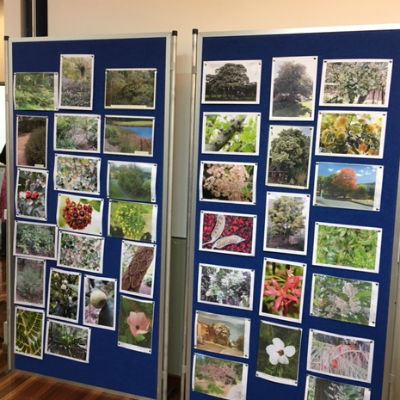
The Growing Illawarra Natives website showcases native plant species local to the Illawarra to encourage greater appreciation and cultivation of native plant species in the Illawarra. The area has a rich diversity of plant communities with over 850 indigenous plant species, many of great value in cultivation.
Activities for more time at home – inside and outside
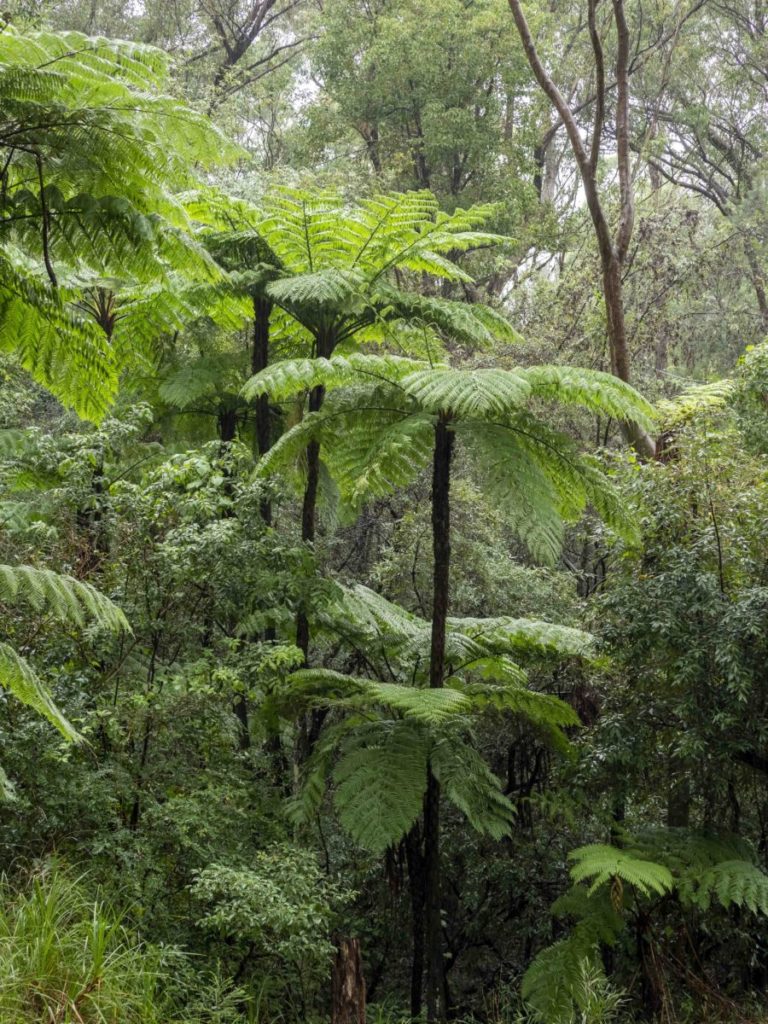
Less time being out and about and more time at home to protect community health from COVID-19 is a chance to do some activities you might not usually have time for. Here are some ideas, both for individual members and for APS Groups to consider if you don’t want to clean the cupboards or the garage.
Wisdom from the past
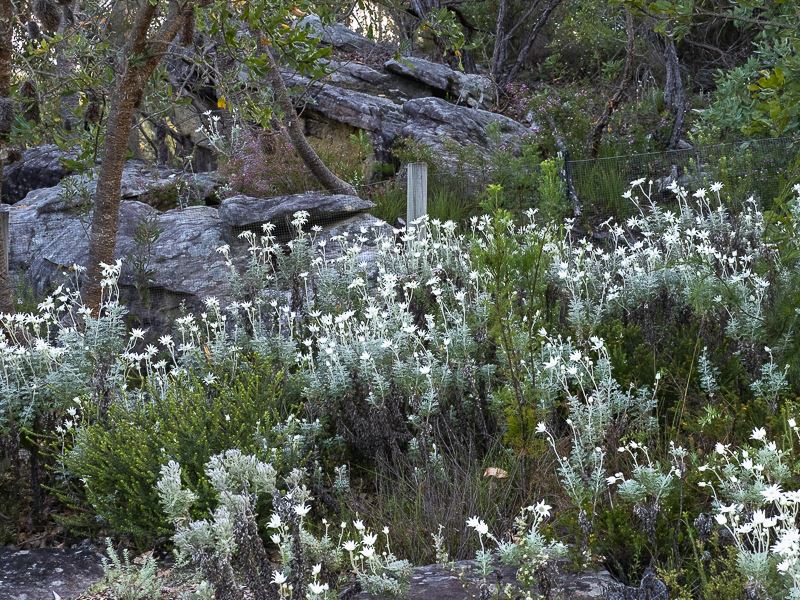
One of the valuable benefits I found when I joined the Parramatta/Hills Group was that I could mingle with experienced members. From them I could often pick up gems of wisdom.
Here are some examples. Be ruthless. Probably the most valuable piece of advice I learnt was from Ross Doig. It was just two words: “be ruthless”. This was in relation to native gardens of course!
Tips for fire-smart gardening
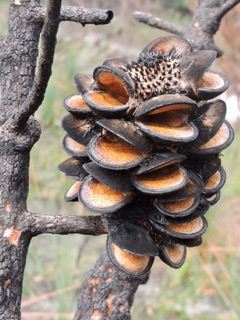
After the damage from our bushfire season to many properties throughout NSW, homeowners are thinking about replanting their gardens, often while waiting for longer-term building works. The APS NSW office received an inquiry about advice on fire-resistant plants for people buying plants to restore gardens which had burnt.
Gardening tips for hotter and drier conditions
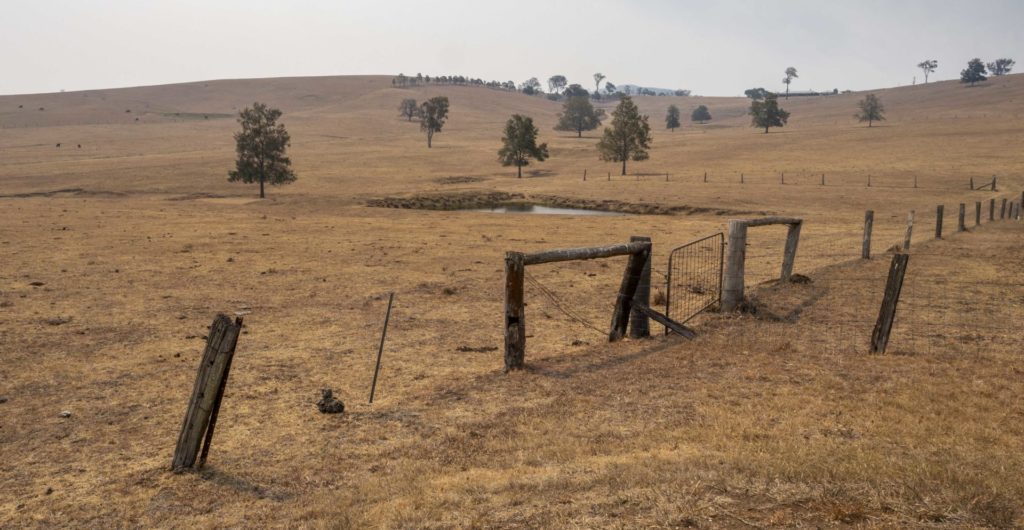
With our increasingly hotter and drier conditions and water restrictions in many locations, new approaches are needed even for gardeners used to native plants. Here are some tips to consider for hotter and drier conditions in general and for more very hot days.
Bushfire recovery – what we can do
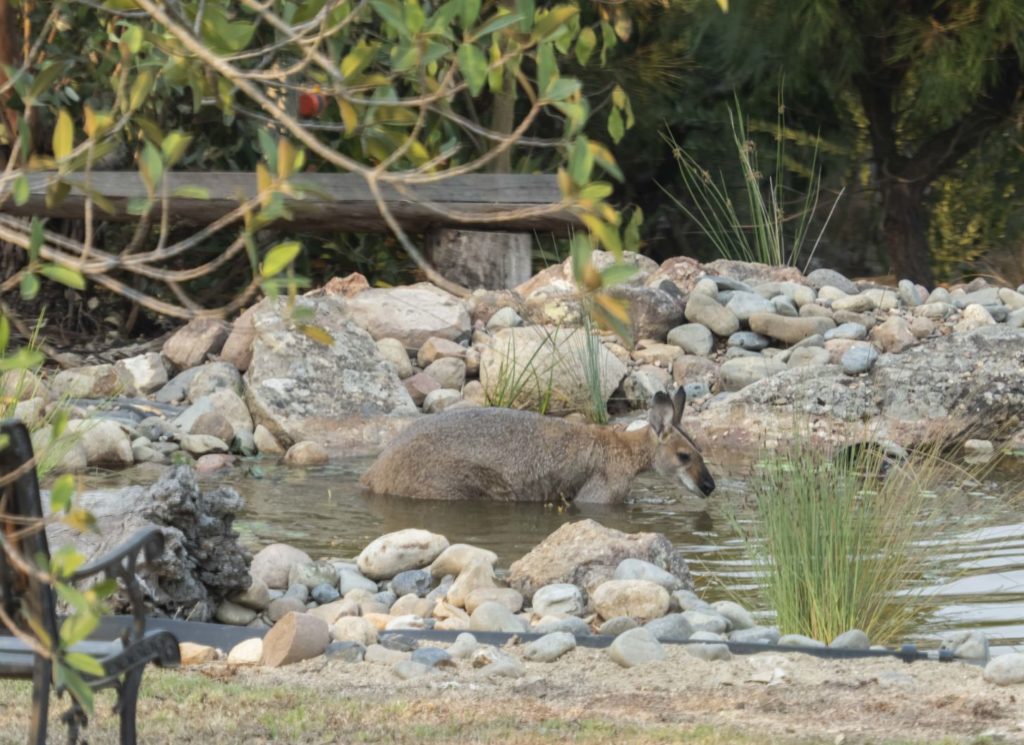
The 2019/20 summer of bushfires has had devastating impacts, with lives and homes lost, communities disrupted and millions of hectares of native vegetation burnt. Fire is a natural part of the Australian environment, and plants can recover from fire, but fire behaviour and impacts are changing.
An award winning coastal garden with a Wollemi pine
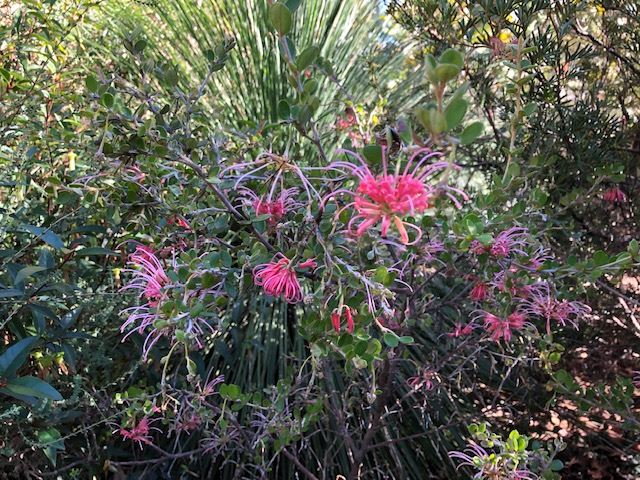
The Rudder garden at Maroubra recently won the Native Garden Section of the Randwick Council Garden Competition for the 16th year in a row. Kim wrote to share his own Wollemi pine, after missing our November 2019 quarterly gathering on the Wollemi pine.
Growing Hoyas in pots
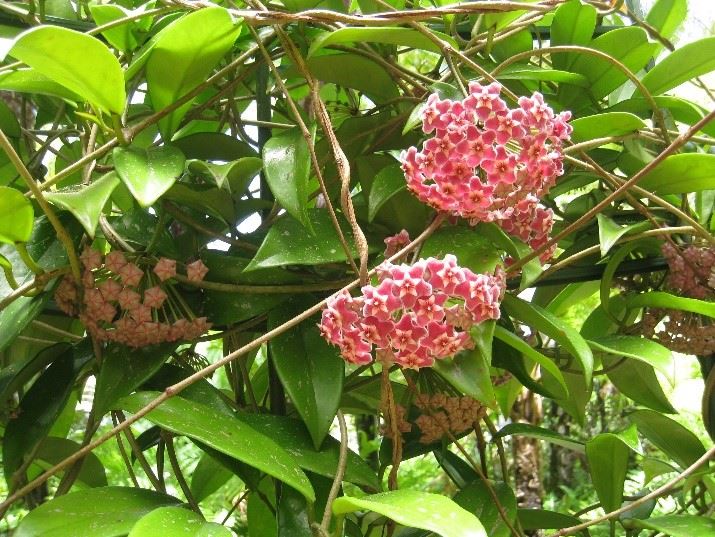
I’ve been growing a Hoya carnosa in a concrete trough for several years, and each year in the warmer months it puts on a nice display of pink flowers over a long period.
Olive Pink: Artist, activist and gardener
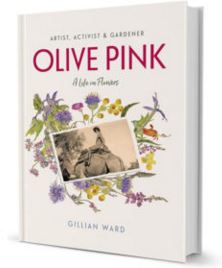
Olive Pink was born in Hobart in 1884 and learned to love the Australian bush and its unique flora on rambles with her father on Mt Wellington. Her life was influenced by the Quaker philosophy of social justice she encountered at the private Girls High School in Hobart, run by a Quaker family. This influence can be seen in her later activism on behalf of Aboriginal people, which made her an unpopular figure in government circles.
Creating a roadside verge garden
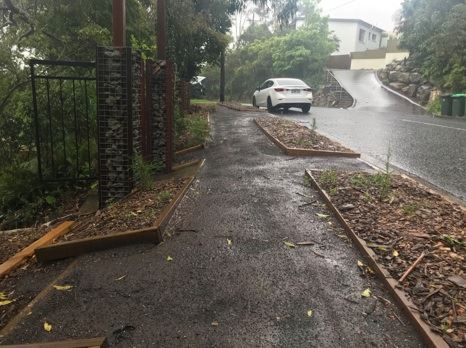
Dan Clarke presented on his new roadside verge garden at the APS Sutherland Group September 2019 meeting and wrote this article which appeared in the APS Sutherland October 2019 newsletter. Look out for updates as the plants grow.
Prostanthera scutellarioides – stunning in spring
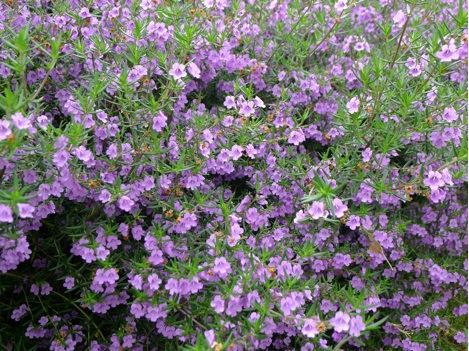
I was introduced to this attractive plant, Prostanthera scutellarioides, accidentally. In fact, it introduced itself. I was at the John Benyon Park at Kenthurst and here it was, in this unlikely place one spring, covered in flowers and looking brilliant! Of course, I took home some cuttings.
Harry Loots’ prize winning native garden in North Sydney

This story is based on an article by Lindy Monson, Bushcare volunteer, in the newsletter North Sydney Bushcare, Summer 2015, issue 28, and updated for 2019. Harry Loots has won awards for his native garden in 2015, 2016 and 2019.
Book review: Mistletoes of Southern Australia by David Watson
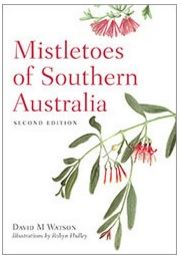
From the start the author David Watson outlines that mistletoes are part of the natural environment, are not toxic, are not a weed, and are part of the Australian flora. Many books have the title of a genus or a group of plants, but only mention part of that group. This book contains comprehensive information on all 47 species of mistletoe that occur in Southern Australia…
Creating a native garden at Phillip House, Kariong
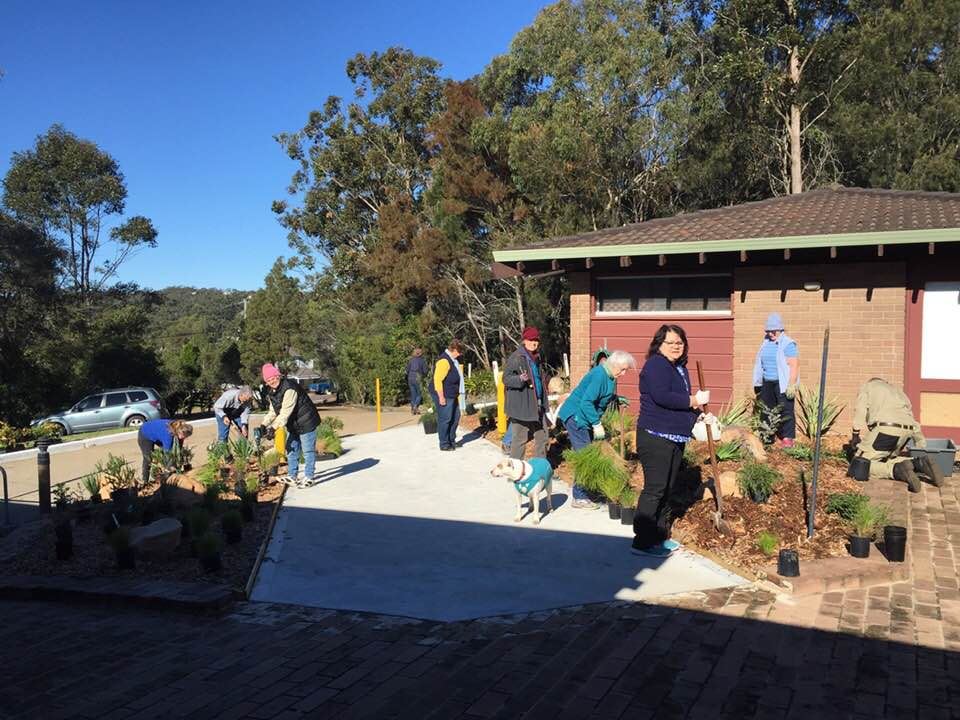
Virginia McIntosh from APS Central Coast Group reports on creating a garden at Phillip House, Kariong. Virginia was the coordinator of the working bee.
Book review – Flora of the Hunter Region, Stephen Bell, Christine Rockley and Anne Llewellyn
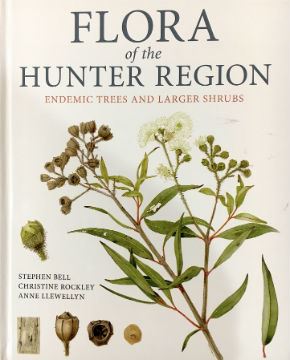
This is a remarkable publication, given that it provides detailed and authoritative botanical monographs of 54 trees and shrubs that are endemic to the Hunter region, each one of which is accompanied by a full-page scientific illustration.
Eremophilas – tough, fast and colourful
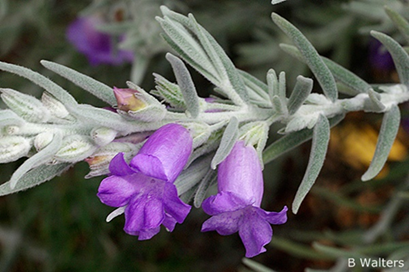
I’ve been growing eremophilas for close on 25 years and have been delighted with the results. In well-drained sunny positions eremophilas usually reward me for my efforts.
Ablaze with colour: the Illawong Fire Station garden
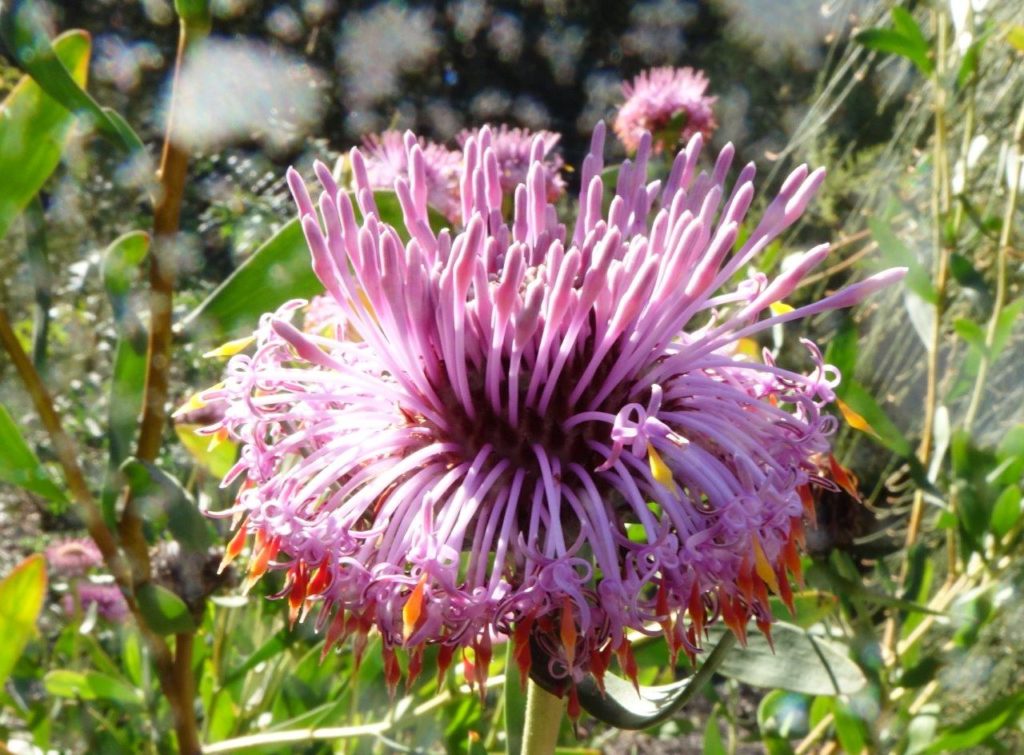
Here’s a selection of spring photos from Lloyd Hedges of the garden maintained by Menai Group at the Illawong Fire Station garden in southern Sydney.
Wattle Day – why is it 1 September?
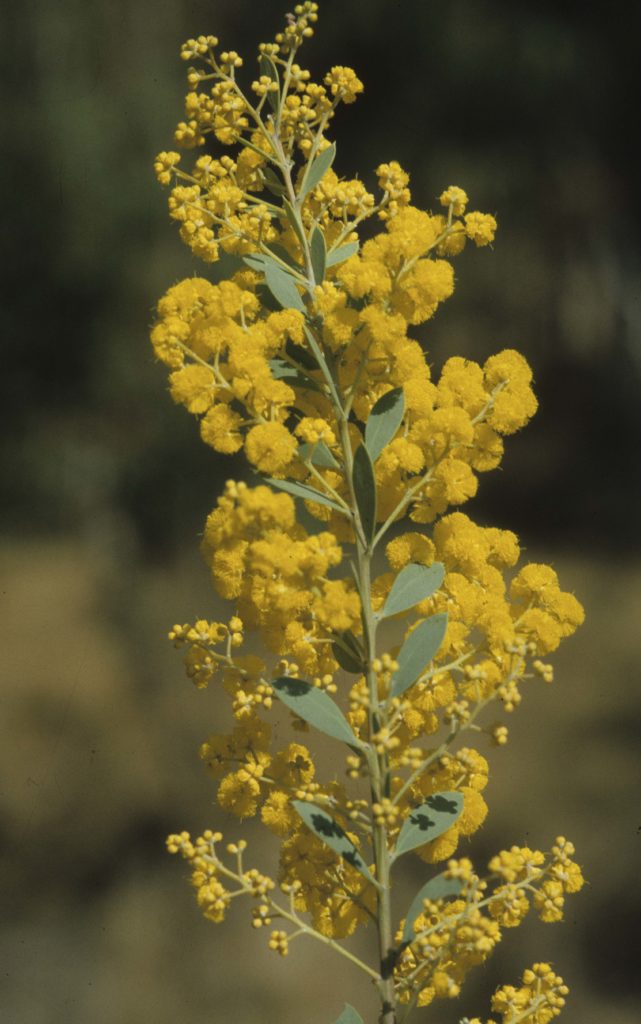
Alan Fairley explains why Wattle Day is 1 September. This article first appeared in Doryanthes, the newsletter of the Oatley Flora and Fauna Society, and is reproduced with Alan’s permission.
Celebrate Wattle Day on 1 September
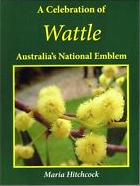
The following notes are based on Maria Hitchcock’s book A Celebration of Wattle: Australia’s National Emblem (2012). The book is a revised and updated edition of Maria’s earlier book Wattle (AGPS 1991), which grew from a small booklet sent out to schools in 1988.
Winter delights by name
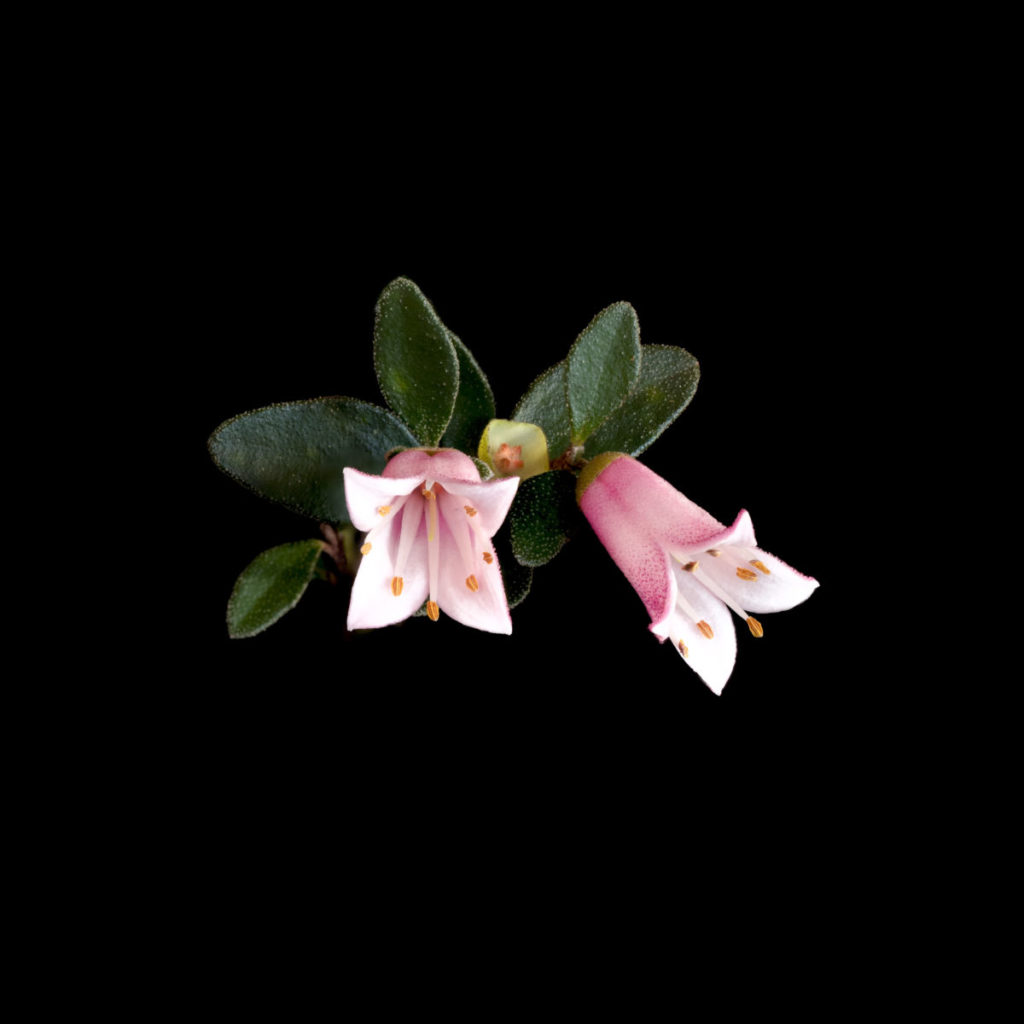
What do Acacia ‘Winter Gold’, Acacia ‘Winter Flame’, the Correa ‘Winter Bells’ collection, Eremophila ‘Winter Gold’, Grevillea ‘Winter Delight’, Philotheca ‘Winter Rouge’ and Syzygium ‘Winter Lights’ have in common? Yes, they are all named for a winter feature – either their flowers or foliage.
Sunshine and shadow to modify the temperature of a house
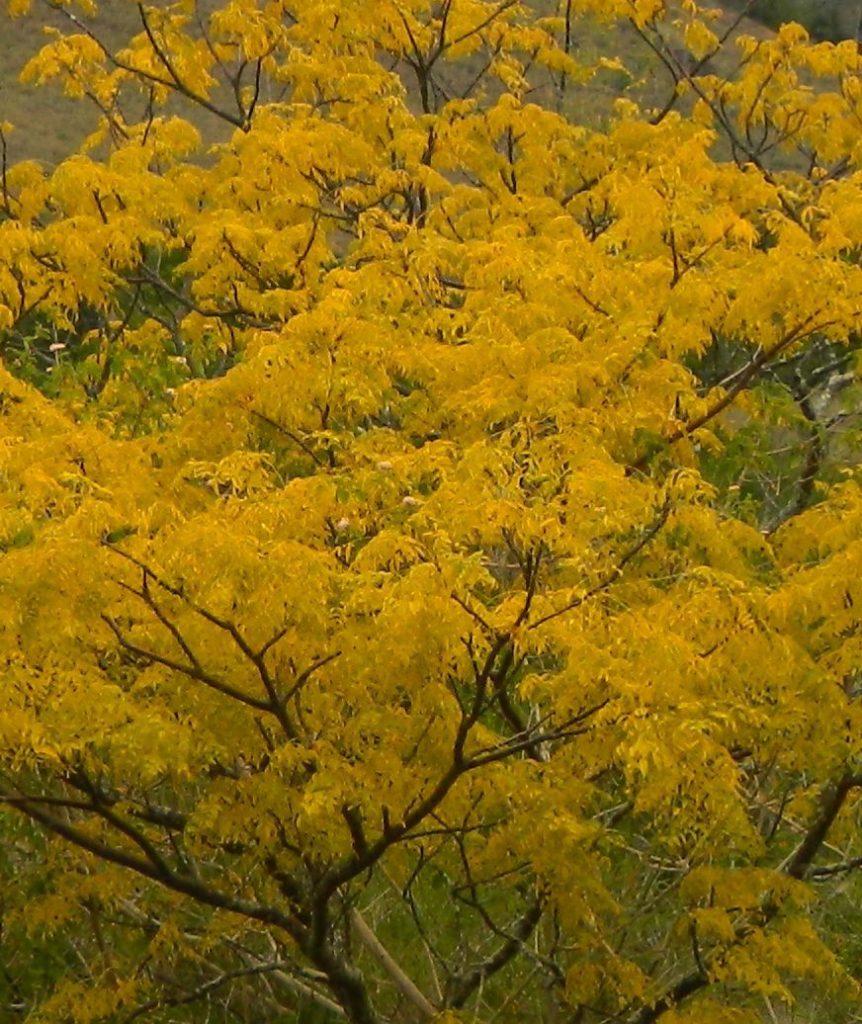
The use of appliances to modify temperature, such as an air-conditioner or heater, impacts on expenses and on the environment. However, their use can be minimised or even made unnecessary, by planting deciduous native trees, Melia azedarach along the north of the house.
Joan Zande’s Garden – a design with nature
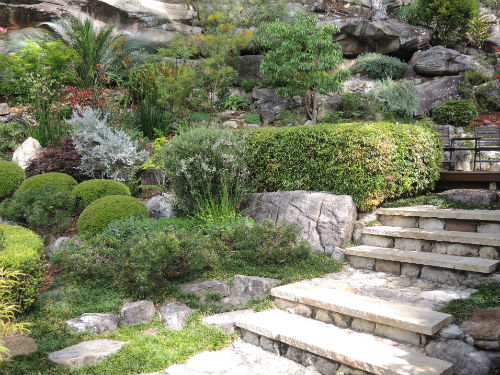
While attending the APS NSW gathering in November 2018 hosted by Sutherland Group I had the pleasure of visiting Joan Zande’s garden and was very impressed at the application of so many design principles in this relatively small residential garden reconstructed after 40 years as a collaborative effort between Joan and an obviously very talented landscape contractor, Greg Hopcroft.
